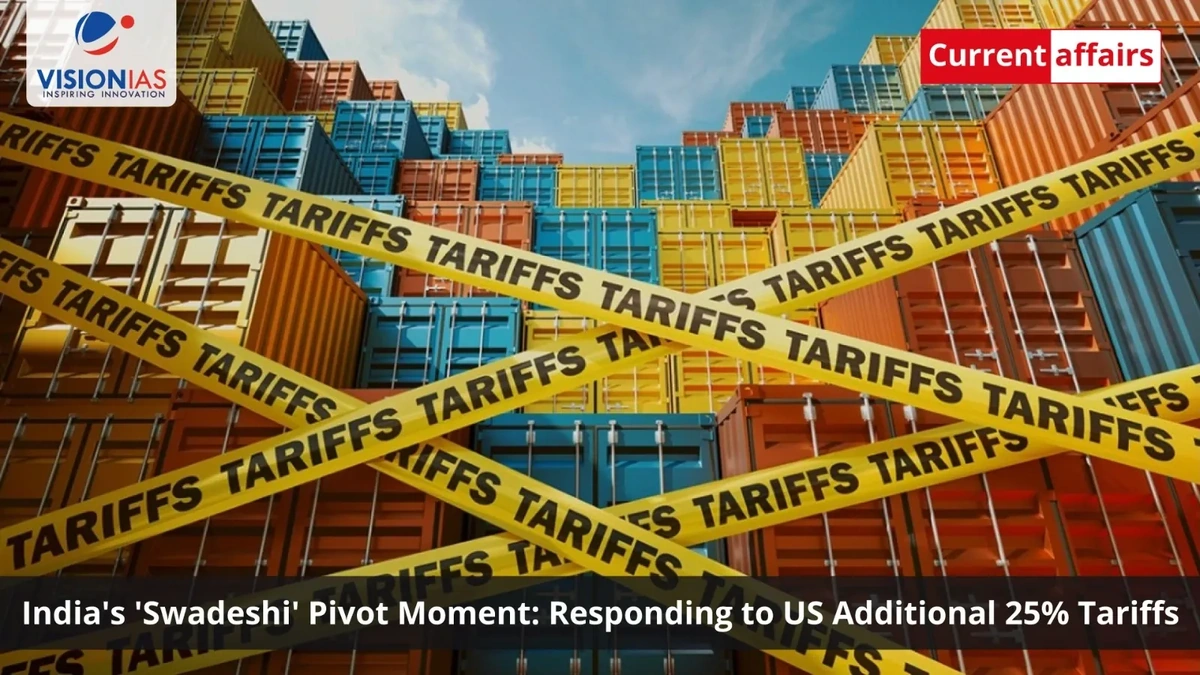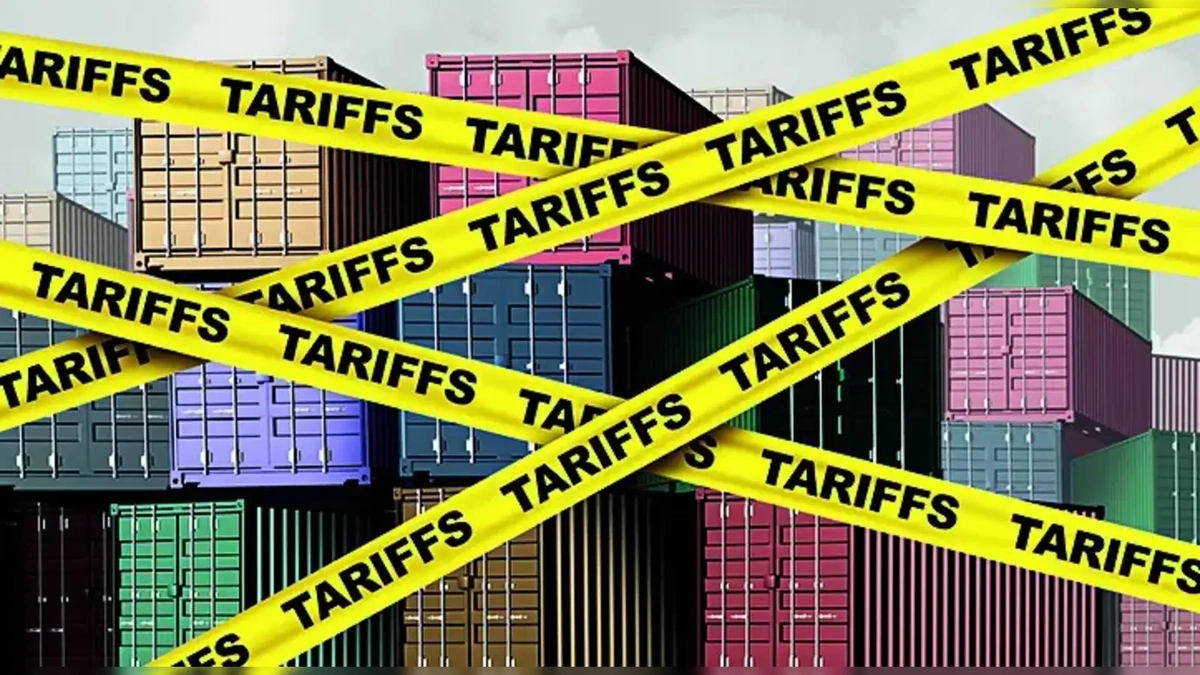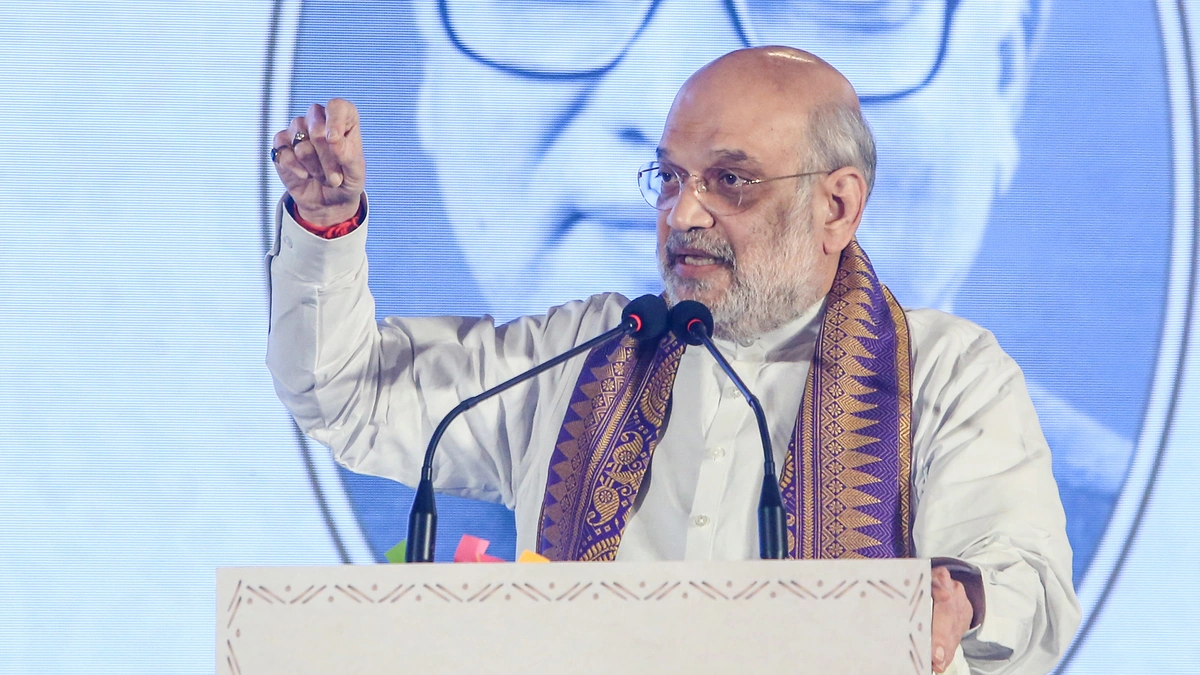Trump Floats Xi Meeting Cancellation, Threatens More Tariffs Amid China Export Restrictions
Here’s the thing: headlines about trade wars can feel a bit like weather reports – you know they’re happening, but understanding the actual impact on your life? That’s a whole different ballgame. So, when the news broke that former President Trump was considering canceling a potential meeting with China’s Xi Jinping and threatening even more tariffs , it’s easy to glaze over. But let’s not! This isn’t just political theater; it’s a high-stakes chess match that could directly affect the price of everything from your phone to your chai.
Why This Tariff Threat Matters – Beyond the Headlines

Let’s be honest, trade policy can be snooze-worthy. But understanding the “why” behind these threats is crucial. It’s not just about the US and China flexing their economic muscles; it’s about the complex web of global supply chains and how export restrictions can send ripples through the entire system.
The underlying issue, as I see it, is that the US has long accused China of unfair trade practices – intellectual property theft, forced technology transfers, and, of course, currency manipulation. Trump’s repeated threat of increased tariffs is a tool, and a blunt one at that, used to pressure China to address these concerns. But here’s where it gets interesting: are these tariffs actually effective? Some argue they hurt American consumers and businesses more than they hurt China. Others believe they’re a necessary evil to level the playing field. It is a complicated topic for international trade .
The potential cancellation of a meeting between Trump and Xi adds another layer of uncertainty. These meetings are often used to de-escalate tensions and find common ground. Without that direct line of communication, the risk of miscalculation and further escalation increases. Let’s also not forget the upcoming US elections – trade policy is often a key talking point, and a tough stance on China can play well with certain segments of the electorate. I initially thought this was straightforward, but then I realized this had a huge potential impact on the global economy.
How Tariffs Impact You – The India Connection
Now, you might be thinking, “Okay, this is happening halfway across the world. What does it have to do with me?” Well, India isn’t immune to these global economic shifts. The US-China trade relationship indirectly impacts India in several ways.
Firstly, disruptions to global supply chains can affect the availability and price of goods in India. Many Indian businesses rely on raw materials and components imported from China.Tariffs can increase the cost of these inputs, making Indian products more expensive. Secondly, a trade war between the US and China can create opportunities for Indian exporters. As the two economic giants clash, Indian businesses can step in to fill the gap in certain markets. The government is looking at ways to diversify India’s supply chains and reduce its dependence on China.
And, of course, there’s the investment angle. Uncertainty in the global economy can lead to capital flight, affecting investment flows into and out of India. According to various reports, trade barriers are on the rise and that should be considered when looking at global markets .
A common mistake I see people make is underestimating the interconnectedness of the global economy. It’s crucial for Indian businesses and policymakers to closely monitor these developments and adapt their strategies accordingly.
Decoding the Jargon – Understanding Key Terms
Let’s be real – trade jargon can be mind-numbing. So, let’s break down some key terms:
- Tariffs: Taxes imposed on imported goods. They increase the price of imported goods, making them less competitive compared to domestically produced goods.
- Trade War: An economic conflict where countries impose retaliatory tariffs or other trade barriers on each other.
- Export Restrictions: Government-imposed limitations on the quantity or value of goods that can be exported.
Navigating the Uncertainty – What You Can Do
Okay, so the global economy is a bit of a mess. What can you actually do about it? The one thing you absolutely must do is stay informed. Don’t just rely on sensational headlines; dig deeper and try to understand the underlying issues.
Here are a few things that Indian businesses and consumers can consider:
- Businesses: Diversify your supply chains, explore new export markets, and hedge against currency fluctuations. Stay updated on government policies and incentives related to trade.
- Consumers: Be aware of potential price increases on imported goods. Support local businesses and products. Educate yourself about the global economy and how it affects your daily life.
It’s also really helpful to keep track of trade agreements and international relations, they are critical to the Indian economy.
The Future of Trade – A Glimpse Ahead
What fascinates me is the long-term impact of these trade tensions. Will they lead to a more fragmented global economy, with countries retreating behind protectionist barriers? Or will they ultimately force countries to find new ways to cooperate and build a more resilient global system? The answer, I suspect, lies somewhere in between. The rise of regional trade agreements, such as the Regional Comprehensive Economic Partnership (RCEP), suggests that countries are seeking alternative avenues for trade cooperation. The concept of free trade is evolving and being redefined by current global events.
FAQ Section
Frequently Asked Questions About Trade and Tariffs
What are tariffs and how do they work?
Tariffs are taxes on imported goods, increasing their price and making them less competitive with domestic products. It’s a strategy to protect local industries.
How do tariffs impact consumers?
Tariffs usually lead to higher prices for imported goods, potentially reducing consumer purchasing power.
What is a trade war, and how does it affect global markets?
A trade war involves countries imposing retaliatory tariffs, disrupting supply chains and causing economic uncertainty.
How can businesses prepare for potential tariff increases?
Businesses can diversify supply chains, explore new markets, and hedge against currency risks to mitigate tariff impacts.
What role does India play in the evolving global trade landscape?
India can capitalize on trade disruptions by expanding its export markets and strengthening its domestic manufacturing.
Ultimately, the current trade climate is a powerful reminder of the interconnectedness of the global economy. It’s also a call to action – a reminder that we all have a role to play in shaping a more resilient and equitable future. Keep learning, keep questioning, and keep engaging. The future of trade depends on it.













